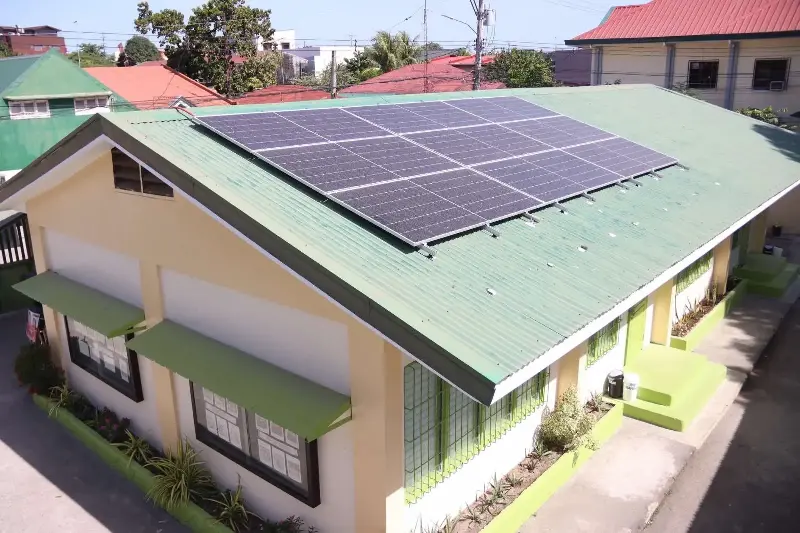
MANILA, Philippines – Over 1,800 megawatts (MW) of rooftop solar capacity has been detected in selected towns across the Philippines, according to a solar mapping tool developed by policy group Institute for Climate and Sustainable Cities (ICSC).
Potential solar capacity by island group is divided as follows: 1,309.64MW in Luzon, 472.48MW in Visayas, and 61.08MW in Mindanao. 1,398.25MW are utility scale, 202.03MW are commercial, while 245.8 are residential.
Called Spectrum (short for Solar Power Estimation of Capacities and Tracking Using Machine Learning), which was launched on Tuesday, July 15, the tool detects solar photovoltaic installations through satellite imagery and estimates solar capacity across 174 cities and municipalities in the Philippines.
To estimate solar capacity, the mapping tool uses a standard ratio of one megawatt per hectare.
ICSC’s data scientist Jephraim Manansala said the data gives a better picture on power distribution especially at a time when homeowners and businesses can voluntarily install solar on their houses, schools, and office spaces.
Manansala said there are places “quietly generating solar power and sometimes without being accounted for.” Most of the cities where rooftop solar capacity is detected are in economic zones.
“Unregistered rooftop solar capacities are becoming significant and this could challenge how distribution utilities adapt their operations and planning,” Manansala added.
The Philippines targets to increase renewable energy share up to 35% by 2030 and 50% by 2040. As of 2023, the country’s renewable energy share is at 22.30%.
“In meeting our target, we wanted to do an inventory and come up with a business model that we can offer to the private sector,” Department of Energy Assistant Secretary Mylene Capongcol said.
According to Capongcol, the reason they requested the ICSC to develop the mapping tool is because of “guerilla” solar installations that go undetected.
Capongcol said this will aid the implementation of the DOE’s expanded roof-mounted solar program, which is currently “awaiting the regulatory framework of the Energy Regulatory Commission.”
The clean energy transition is a necessity to decarbonize the energy sector, which is one of the largest emitters of greenhouse gas emissions. – Rappler.com
